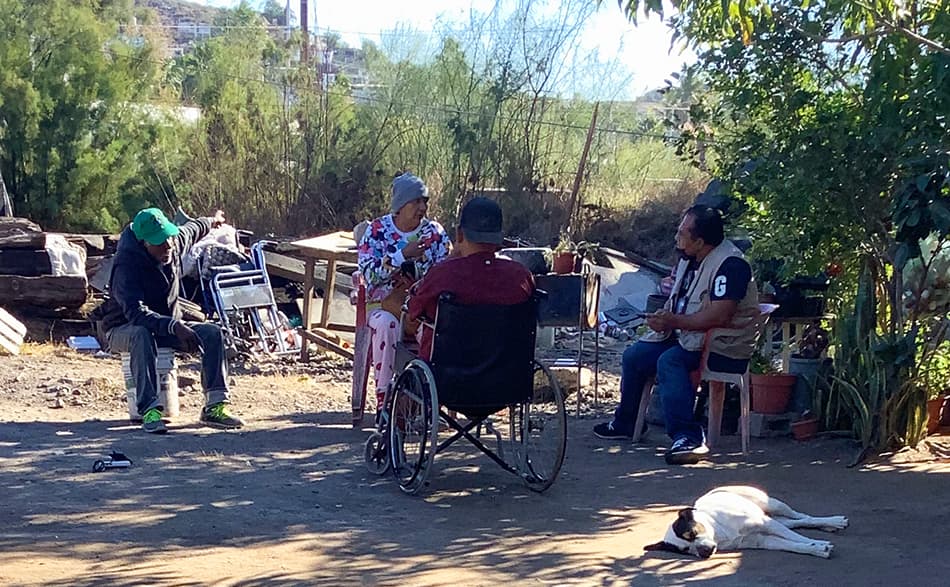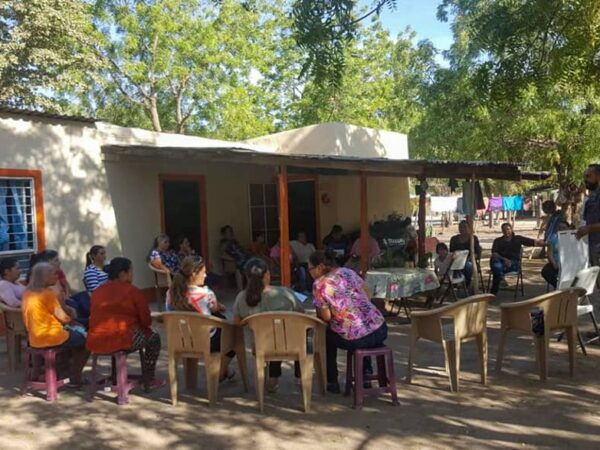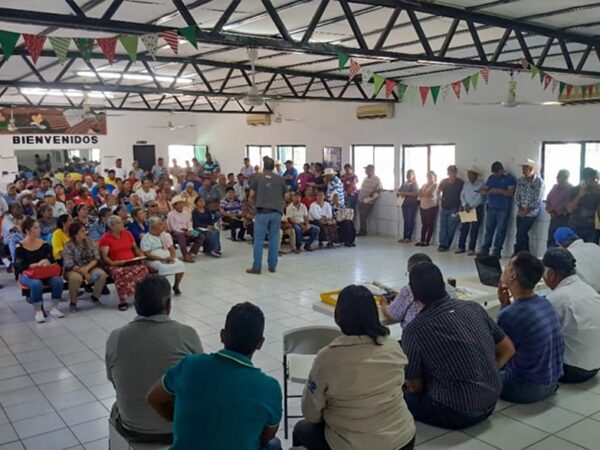
What is Stakeholders Analysis?
Stakeholders Analysis is one of the elements of the Social Impact Assessment. This analysis goes a step further in the level of disaggregation and depth of the research or assessment. In this analysis, the aim is to characterize and go deeper into certain groups or people who share an ideology, interests or positions regarding the project.
What is Stakeholders Analysis?
The term “Actores de Interés” used in Spanish is an approximation or attempt to translate the term “stakeholders”, taken from the field of business administration. Stakeholders are an analogy of the shareholders of a company, the theory indicates that not only those who have economic investments in companies are those who have interests or power to affect its shares. Stakeholders are any person, group or institution that has an interest in the project, which, directly or indirectly, may affect or be affected by the development in any of its phases.
In the terms of energy projects, Stakeholder Analysis refers exclusively to Stakeholders belonging to the community and not to the company’s internal stakeholders, as the theory originally implies.
It is not only limited to associations but can also be identified to individuals with an important leadership or vulnerability level within their community.
Secondary sources to identify Stakeholders
Secondary source information and extensive web presence reviews are a good start to identifying Stakeholders. However, it is imperative that the greatest weight of this study is placed on the field research, contacting the community directly and weighing who the Stakeholders really are and then carrying out a detailed analysis or their positions and interests towards the project.
Stakeholder analysis involves understanding attributes such as the level of power, legitimacy, support, influence, needs and rights they have. Another dimension of analysis has to do with the role that Stakeholders play in relation to the project. In this sense, they can be classified into supporters, followers, indifferent, blockers and opponents.
It is also important to map the distance between each of the Stakeholders by foreseeing coalitions for or against the desired project.
The usefulness and importance of the Stakeholders Analysis lies in what is done after having identified, characterized and evaluated each of the Stakeholders, because based on this, communication guidelines are established and we understand the needs or background of those who hold a certain position in relation to the project. In general, it is a powerful compass that allows the developer to facilitate the relationship and conflict resolution in the community.
The analysis makes it possible to:
- To know in a differentiated way needs and living conditions within the community.
- To foresee and anticipate how the impacts will affect each of the Stakeholders.
- Develop rapprochement, communication and conciliation strategies.
- Anticipate open fronts for project implementation in time, form and harmony.
- Establish a contact point to initiate cordial relations and build trust among community members.
- To outline a social risk management plan for the community.
In-depth knowledge of those who may be most affected allows precautionary or corrective measures to be taken in a timely manner to minimize negative impacts or maximize positive impacts. This element of the Social Impact Assessment gives the company a signal as to where and with whom it can begin to reach out and generate allies within the community.
By Ana E. Suárez Zamudio | I also write for: Oil & Gas Magazine






